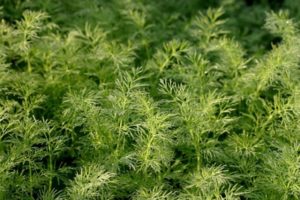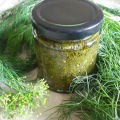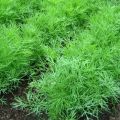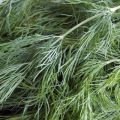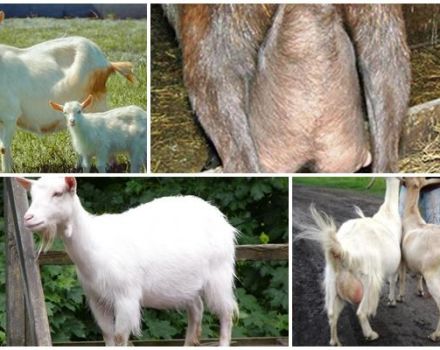Description of the variety of dill Monk's beard, features of cultivation and yield
Dill Monk's Beard is an early ripening variety. It is characterized by high yields and strong aroma, and therefore is very popular among summer residents. The approximate weight of the crop per square meter is 2 kg.
Description of the variety
The monk's Beard has closed plants, reaching 100 cm in height. The color of the leaves is dark green. The variety is suitable for drying, freezing and fresh consumption. Dill grows well, therefore it is in high demand. The most cost-effective way to get a crop is by continuous sowing. It is also worth noting the unpretentiousness of the variety in care, even with minimal attention it gives an excellent harvest.

Growing
Seeds are sown in open ground to a depth of 1–2 cm. Germination is possible already at a temperature of +3 degrees, but the optimal temperature regime is +15 degrees. To harvest for a long time, planting is done in several stages, at intervals of 10-20 days. The variety is also suitable for winter sowing (late October - early November).
It is believed that the autumn sowing will bring more harvest, since during this period the plant is not so susceptible to various diseases.
To get the maximum yield, the seeds should be properly prepared for sowing. To do this, they are folded into a gauze bag and filled with water for 3 days, the temperature of which is +50 degrees. Per day, the settled water is drained at least 5 times. This method accelerates the emergence of sprouts and disinfects the seeds.
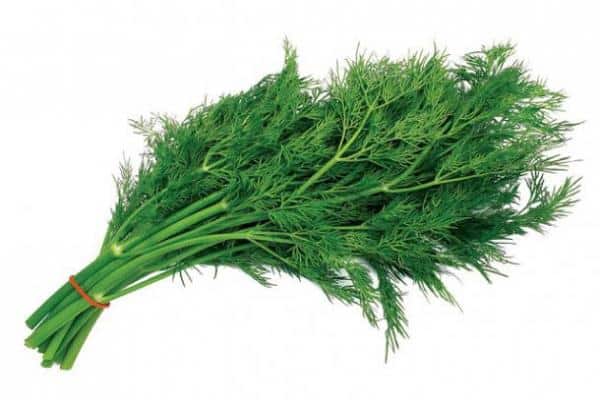
After that, the seeds are laid out on the same gauze bags, covered with a damp cloth on top, and remain at a temperature of +20 degrees for another 3-4 days. During this time, sprouts will hatch in them. Then they are slightly dried and sown in moistened soil.
To get an early harvest, the seedlings are grown on a windowsill, and 35 days later they are transplanted into open ground.
Care features
Despite the fact that the Monk's Beard is an unpretentious variety, like any other dill, it loves attention and moisture. To get juicy greens, they should be weeded and watered periodically.
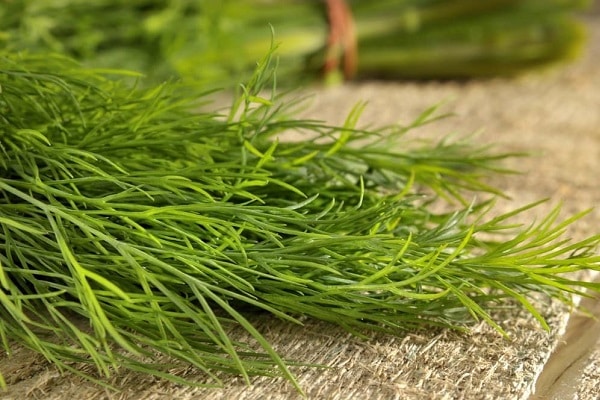
Advantages and disadvantages
The main advantage of the Monk Beard is high yield with minimal maintenance. The variety can be used fresh, dry and frozen, for the preparation of various dishes and pickles. In addition, the plant has medicinal properties. Dill is used for hypertension, hemorrhoids, allergic rashes. Also, the plant has antispasmodic, sedative and diuretic effects. Thus, the advantages of the variety are:
- unpretentious care;
- low growing costs;
- minimal risks (unlike other crops, the Monk's Beard is weakly susceptible to pests and diseases).
Of the minuses, it is possible to note the short duration of fresh storage. If the crop is grown for sale, then it must be sold within 1-3 days, otherwise the presentation will be lost.
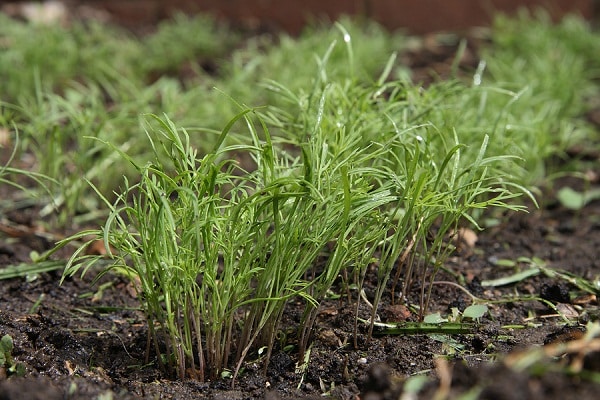
Pests and diseases
Note! The monk's beard is weakly susceptible to pests, however, with insufficient care, the variety can infect some diseases.
Due to an unsuccessfully chosen growing place or fertilization, the variety can be subject to such diseases:
- Powdery mildew is a fungus that spreads most often in greenhouse conditions, in the presence of weeds. In isolated cases, diseased branches are removed, and the rest of the plants are sprayed with copper-containing preparations or potassium permanganate.
- Dill rust fungus - brown-yellow spots, appear in early June. To prevent disease, the seeds are soaked in hot water and then dried.
- Peronosporosis is a fungus that develops on stems and leaves in wet weather. Eliminated with 1% colloidal sulfur solution.
- Umbelliferae black leg - develops in greenhouse conditions with lack of air or high humidity. To combat the disease, Fundazol is used.

Harvesting and storage
After 30–40 days, the leaves of the variety are ready for harvesting. As soon as 4-5 leaves appear on the plant, you can start harvesting. The leaves are cut off with scissors or simply pinched off. The procedure is best done in the morning.
The day before harvesting, the plants are watered. For pickling, dill is harvested a little later, after 50-60 days. It takes an average of 100 days for seeds to ripen.

Since fresh culture is not stored for long, it is usually dried. Small bundles are tied and hung in a dry, well-ventilated area. For salting, dill is placed in glass jars, generously covered with salt, and stored in the refrigerator.
